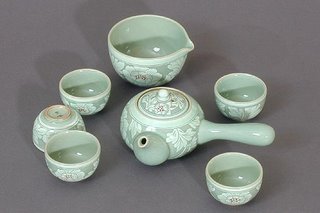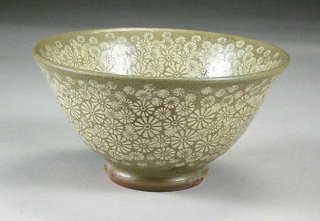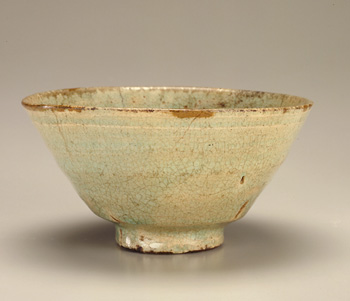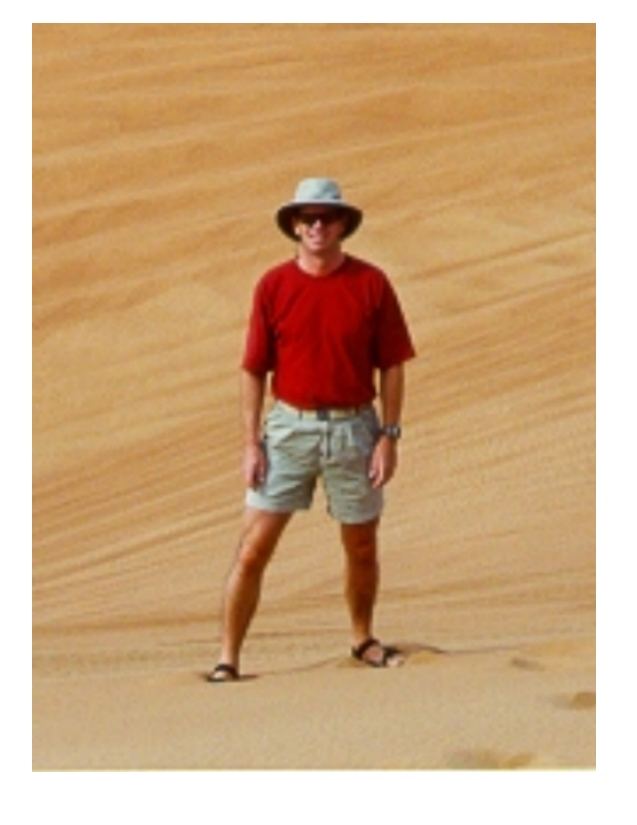 I used to have a fairly good collection of Korean tea bowls; unfortunately, some were broken in my last move. After my visit to the Leeum Museum last week, my interest in tea bowls (and tea) was reignited, so I went to Insadong today to see if I might be able to find a few pieces to replace what was broken. Prices were a tad high although one shop that I have bought things from before would probably be amenable to lowering the prices.
I used to have a fairly good collection of Korean tea bowls; unfortunately, some were broken in my last move. After my visit to the Leeum Museum last week, my interest in tea bowls (and tea) was reignited, so I went to Insadong today to see if I might be able to find a few pieces to replace what was broken. Prices were a tad high although one shop that I have bought things from before would probably be amenable to lowering the prices.I remembered that there was a tea shop near the Chogye Temple that had a fairly extensive collection of bowls and paraphenalia, so I went looking for it. It, unfortunately, had closed, but I found another one on the main street about 100 meters south of the temple, Kkik Da Geo (끽다거), which had quite a good selection of bowls and all of the other little knick knacks that you don't really need but always add to the tea experience. When I was there, there were half a dozen Buddhist nuns shopping and a steady stream of wealthy looking middle-aged women popping in to buy bowls and tea.
The nice thing about this kind of tea shop is that they always offer you tea, so, after poking around the shop and fondling all of their bowls for an hour or so, I sat, relaxed, and quietly sipped a lovely Korean green tea.
I will definitely go back again, and probably end up buying a couple of tea bowls and a few other implements.
I have two Korean tea sets like the one at the top (a 3-cup set and a 5-cup set). I enjoy drinking leaf green tea more than powdered green tea, but I like the bowls that are used with powdered tea much more.

This is a Bunchong style bowl. The design is stamped into the clay rather than carved. The color is softer and more natural than the distinctive green of celadon.

The celadon is nice, but a little too refined for me, and the color of the tea does not contrast well with the celadon green.

I really like the look and feel of this bowl.

This style of pottery is my all time favorite. It's a style that Japanese and western potters call it 'raku'.


4 comments:
I was just at the World Tea Expo in Las VEgas. This year there are 5 Korean booths. One of them had the Bunchong bowl you showed. I took it to my Urasenke Chado class on Sunday to surprise everyone with my new bowl. They all thought is handled very nicely and I remembered that while whisking the tea, I also felt the shape was good for whisking. With the tag for the bowl there were these words: In Hwa Mun. Does anyone know what that means? is it the potter? the color? would like to know www.herbgathering.com
My feeling is that it is the potter's name. Mun (often spelled Moon) is a common family name, and In Hwa is a fairly common given name. I think that it Korean it would be Mun In Hwa.
"Hua" means flower in Mandarin (likely similar in Korean), I think "In Hwa Mun" refers to the flower pattern
Yes, it means flower. I think it is chrysanthemum pattern.
Post a Comment